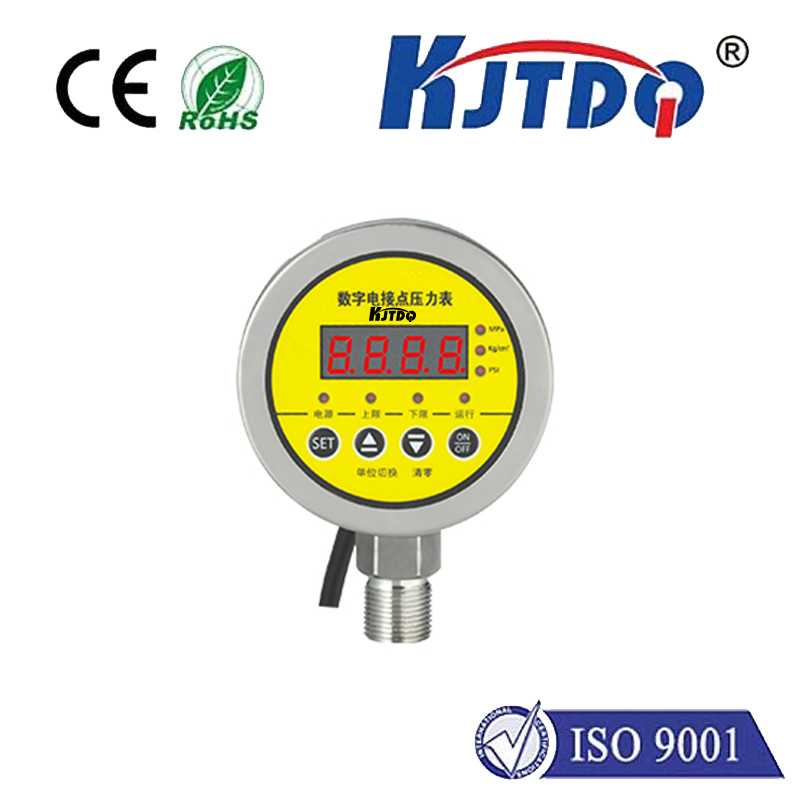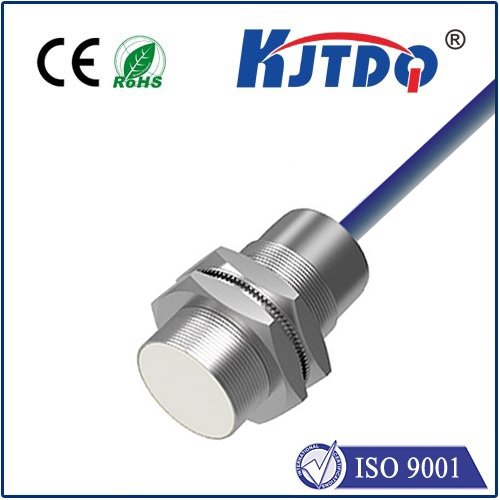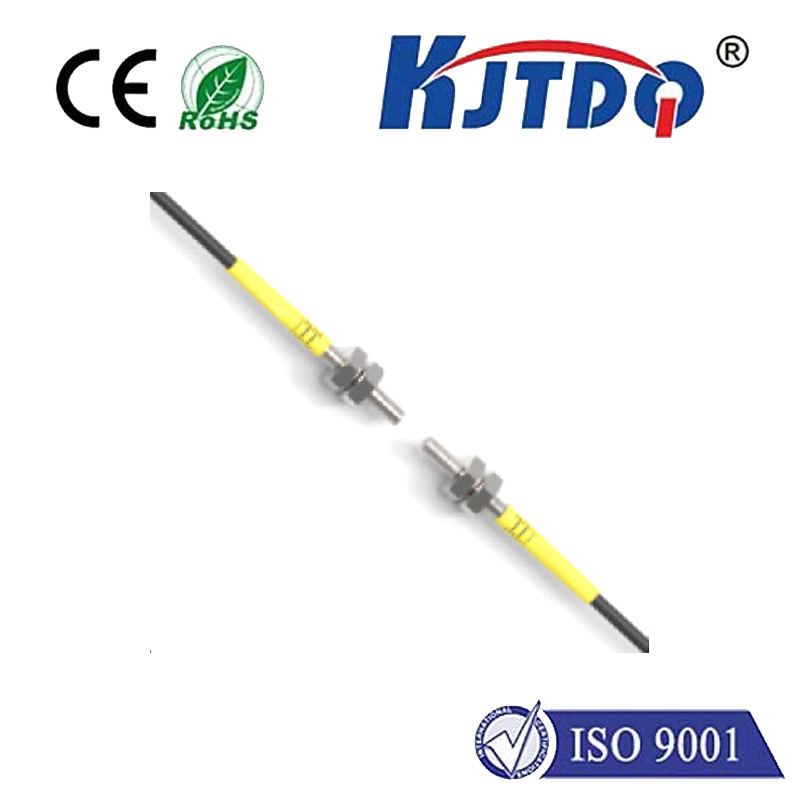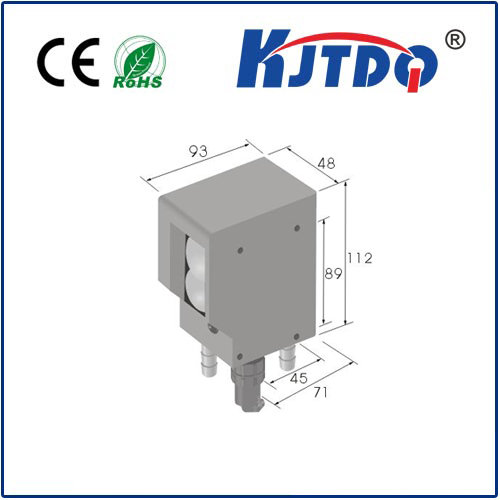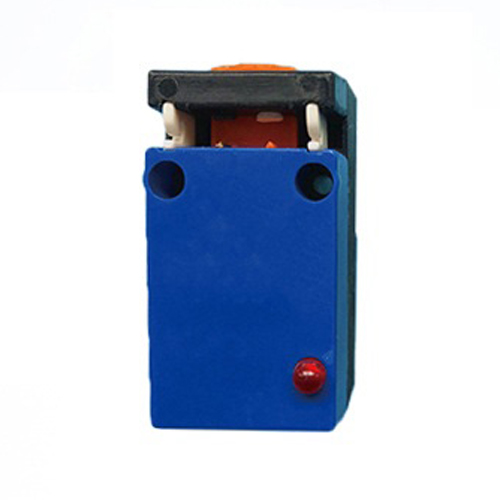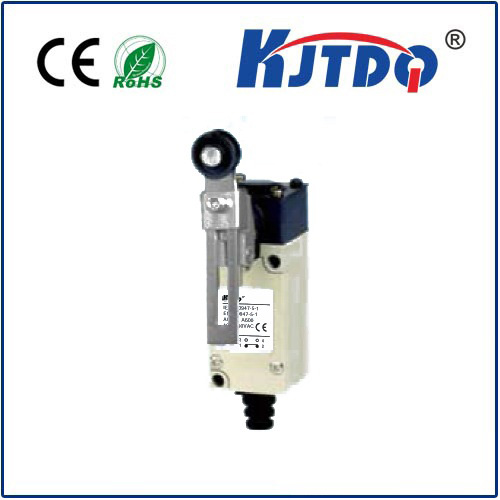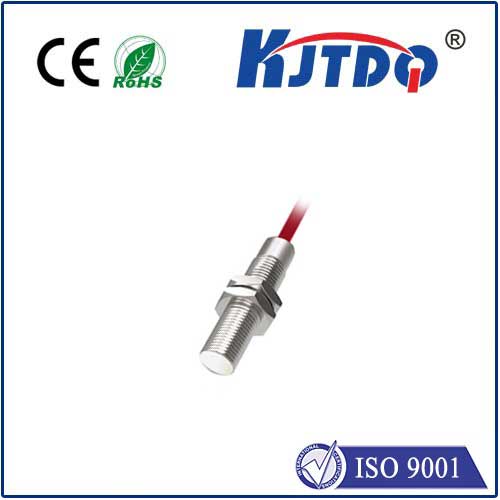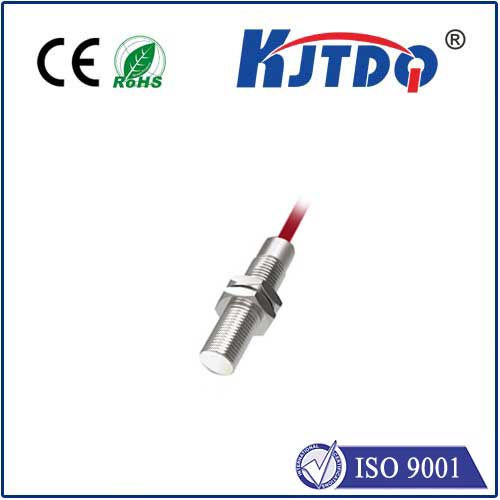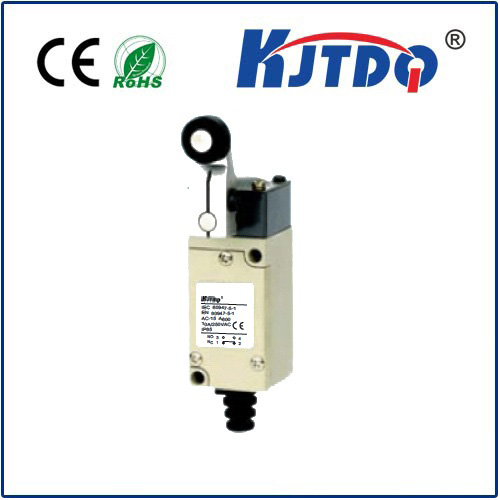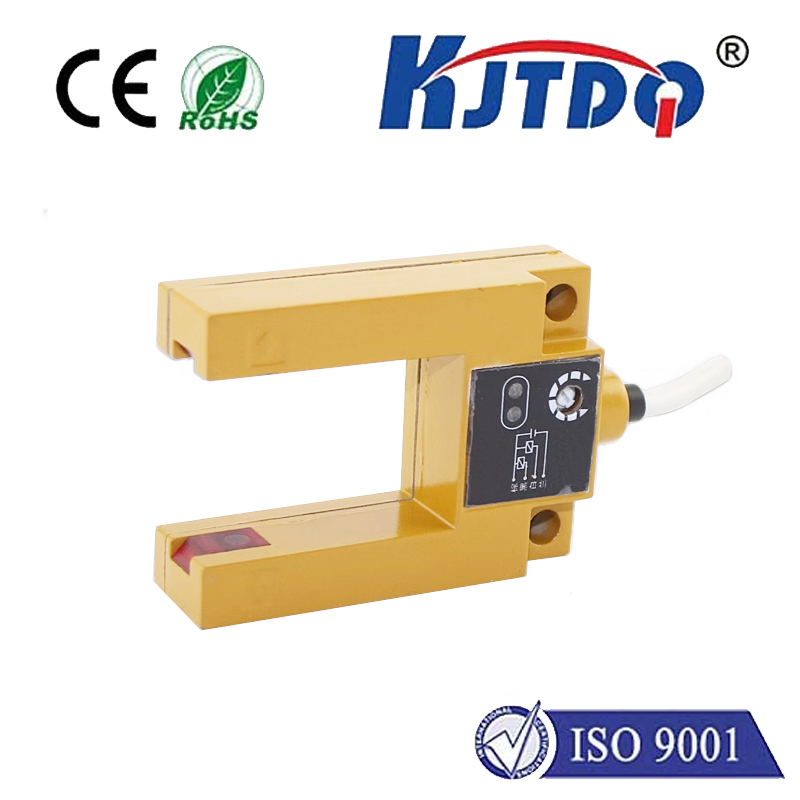BES01MC proximity sensor
- time:2025-10-16 12:21:35
- Click:0
BES01MC Proximity Sensor: Your Automation’s Silent Guardian of Precision
Imagine a world where machines possess an almost intuitive sense of their surroundings, reacting instantly to the presence or absence of objects without a single touch. This isn’t science fiction; it’s the fundamental reality enabled by the unsung heroes of industrial automation: inductive proximity sensors. Among these, the BES01MC proximity sensor stands out as a compact, reliable solution for countless position and object detection challenges. It’s the vigilant eye that never blinks, silently orchestrating precision on the factory floor and beyond.
Understanding the Magic: How the BES01MC Sensor Works
At its core, the BES01MC operates on the principle of electromagnetic induction. It doesn’t rely on physical contact or direct line-of-sight like optical sensors might. Instead, it generates a high-frequency oscillating electromagnetic field from its active sensing face. When a metallic object (typically ferrous metals like iron or steel, though specific models may detect non-ferrous metals) enters this field, eddy currents are induced within the target. This interaction dampens the sensor’s oscillation. Sophisticated internal circuitry detects even this minute change in amplitude. This detection triggers a clean electrical switching signal – solid-state and incredibly fast – indicating the object’s presence. This non-contact detection is key to its exceptional reliability, eliminating wear and tear caused by physical bumps or scratches inherent in mechanical switches.
Why the BES01MC Earns Its Place: Key Attributes

Designed for industrial environments, the BES01MC proximity sensor brings several compelling advantages to the table:
- Robustness and Reliability: Encased in tough housing (often nickel-plated brass or stainless steel variations exist), it shrugs off dust, dirt, oil, coolants, and vibrations that would cripple lesser components. Its sealed construction (typically meeting IP67 ratings or higher) ensures consistent performance even in demanding conditions.
- High Switching Frequency and Speed: The solid-state switching enables incredibly fast response times, often measured in microseconds. This makes it perfect for high-speed counting or positioning tasks on fast-moving production lines where a split second matters.
- Long Operational Life: With no moving mechanical parts to wear out, the BES01MC boasts an exceptionally long service life, measured in millions of operations. This translates directly to reduced downtime and lower maintenance costs.
- Simple Integration and Versatility: Featuring standard M5, M8, M12, or M18 threaded barrels (depending on specific variant), installation is straightforward. It typically operates on common DC or AC supply voltages (e.g., 10-30V DC) and provides straightforward switching outputs (NPN or PNP transistor outputs, or sometimes AC/DC 2-wire). This ease of use makes integrating a BES01MC inductive sensor into new or existing control systems effortless. Teflon cable options enhance chemical resistance.
- Cost-Effectiveness: Offering exceptional performance and durability for its class, the BES01MC proximity switch represents a highly cost-effective solution for reliable object detection in automation.
- Precise Detection: While sensing ranges are modest (typically 0.8mm, 1.5mm, 2mm, 4mm for standard M5, M8, M12, M18 variants respectively), they offer highly repeatable detection within their specified ranges, crucial for precision applications. Flush-mountable and non-flush mount (shielded/unshielded) versions cater to different installation constraints.
Where the BES01MC Sensor Shines: Diverse Applications
The BES01MC proximity sensor finds its niche wherever robust, reliable, and contactless metal detection is needed. Some prominent examples include:
- Machine Tooling: Monitoring tool positions, detecting workpiece clamping, and verifying end stops on lathes, mills, and CNC centers. Ensuring machining precision starts with accurate sensing.
- Conveyor Systems: Counting products, detecting presence on pallets or carriers, and triggering sorting mechanisms. Maintain seamless material flow without jams.
- Packaging Machinery: Verifying the presence of metal lids, caps, or foil seals; controlling filling levels via moving components; precise position control of actuators.
- Automated Assembly: Confirming the presence of metal components before assembly stages, verifying robot end-effector positions, and detecting cylinder piston positions (pneumatic cylinder position sensing is a classic use case). Assembly line integrity relies on perfect part verification.
- Material Handling: Detecting the position of forklift attachments, confirming load presence on AGVs (Automated Guided Vehicles), and monitoring crane hoist positions.
- General Factory Automation: Virtually any application requiring non-contact detection of metal objects within its sensing range. The workhorse of countless feedback loops.
Selecting and Optimizing Your BES01MC Sensor
Choosing the right BES01MC inductive proximity sensor variant is crucial:
- Sensing Distance: Match the sensor’s nominal sensing range (Sn) to the application’s requirements, considering installation tolerances. Remember, factors like target material and size influence the effective operating distance.
- Housing Size and Mounting: Select the appropriate barrel diameter (M5, M8, M12, M18) and mounting style (flush or non-flush) based on available space and surrounding metal. Flush-mount sensors can be installed embedded in metal, while non-flush offer slightly longer ranges but require clearance.
- Electrical Specifications: Ensure compatibility with your control system: required supply voltage (DC or AC) and output type (NPN normally open/closed, PNP normally open/closed, 2-wire AC/DC). Pay attention to current rating and wiring requirements.
- Environmental Factors: Verify the IP rating and housing/cable material are suitable for the specific environment (e.g., exposure to chemicals dictates Teflon cable). Consider ambient temperature limits.
Proper installation is key. Ensure the sensor is securely mounted and aligned perpendicular to the target surface. Minimize the gap between a flush-mount sensor and its metal mounting surface. Regularly clean the sensing face of debris buildup to maintain optimal performance. Its inherent robustness means maintenance is minimal, but periodic checks are always wise.
Conclusion: The Indispensable Automation Partner
In the intricate dance of modern automation, reliable feedback is paramount. The BES01MC proximity sensor exemplifies the power of inductive sensing technology: robust, fast, precise, and maintenance-free. Its ability to silently and reliably detect the presence of metallic objects forms the bedrock of countless control sequences, safety interlocks, and process verifications across a vast spectrum of industries. From the precision of a CNC machine to the relentless pace of a bottling line, the BES01MC proximity switch operates as a dependable, cost-effective silent guardian, ensuring processes run smoothly, efficiently, and accurately, one precise detection at a time.






